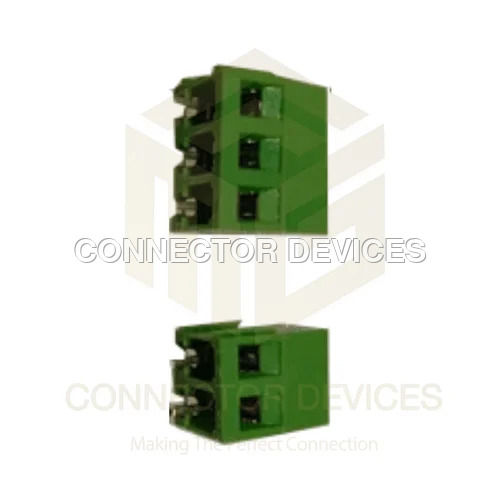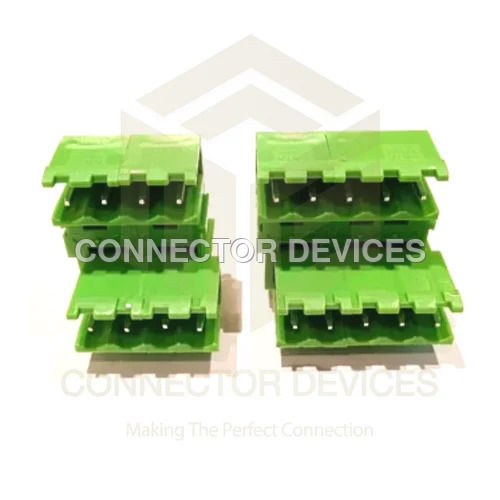
TERMINAL BLOCK
5 INR/Piece
Product Details:
- Product Type XINYA TERMINAL BLOCK
- Color Green
- Material Plastic
- Application Industrial
- Voltage 250 Volt (v)
- Output Analog Sensor
- Type XINYA TERMINAL BLOCK
- Click to View more
X
TERMINAL BLOCK Price And Quantity
- 5 INR/Piece
- 1000 Piece
TERMINAL BLOCK Product Specifications
- XINYA TERMINAL BLOCK
- XINYA TERMINAL BLOCK
- Green
- 250 Volt (v)
- Industrial
- Analog Sensor
- Plastic
TERMINAL BLOCK Trade Information
- 100000 Piece Per Day
- 2 Days
Product Description
A terminal block, also known as a connection terminal or connector block, is an electrical component used to connect and secure multiple wires or conductors together. It provides a convenient and organized way to establish electrical connections and simplify wiring installations. Terminal blocks are commonly used in various industries, including electrical, electronics, and industrial automation.
Frequently Asked Questions (FAQ) :
Q: What is the purpose of a terminal block?
A: The primary purpose of a terminal block is to provide a secure and reliable method for connecting multiple wires or conductors in an electrical or electronic system. It allows for easy installation, maintenance, and troubleshooting of electrical connections.
Q: How does a terminal block work?
A: A terminal block typically consists of a molded plastic or metal body with metal contact points called terminals. The wires or conductors are inserted into the terminal openings and secured using screws, clamps, or spring mechanisms. The terminal block establishes a solid electrical connection between the wires, ensuring proper signal or power transmission.
Q: What are the different types of terminal blocks?
A: Terminal blocks come in various types, including barrier terminal blocks, DIN rail terminal blocks, pluggable terminal blocks, PCB terminal blocks, and more. Each type has specific design features and installation methods suited for different applications and wiring configurations.
Q: What are the advantages of using terminal blocks?
A: Terminal blocks offer several advantages, such as simplifying wiring installations, providing organized and secure connections, allowing for easy additions or modifications to the wiring system, facilitating troubleshooting, and improving overall system reliability.
FAQs of TERMINAL BLOCK:
Q: What is the application of the TERMINAL BLOCK?
A: The TERMINAL BLOCK is designed for industrial applications.Q: What type of output does the TERMINAL BLOCK provide?
A: The TERMINAL BLOCK provides an analog sensor output.Q: What is the color of the TERMINAL BLOCK?
A: The TERMINAL BLOCK is green in color.Q: What material is used to manufacture the TERMINAL BLOCK?
A: The TERMINAL BLOCK is made of plastic.Q: What is the voltage rating of the TERMINAL BLOCK?
A: The TERMINAL BLOCK is rated for 250 volts (V).Q: What type is the TERMINAL BLOCK classified as?
A: The TERMINAL BLOCK is classified as a XINYA TERMINAL BLOCK.Tell us about your requirement

Price:
Quantity
Select Unit
- 50
- 100
- 200
- 250
- 500
- 1000+
Additional detail
Mobile number
Email
 English
English Spanish
Spanish French
French German
German Italian
Italian Chinese (Simplified)
Chinese (Simplified) Japanese
Japanese Korean
Korean Arabic
Arabic Portuguese
Portuguese







 Call Me Free
Call Me Free
